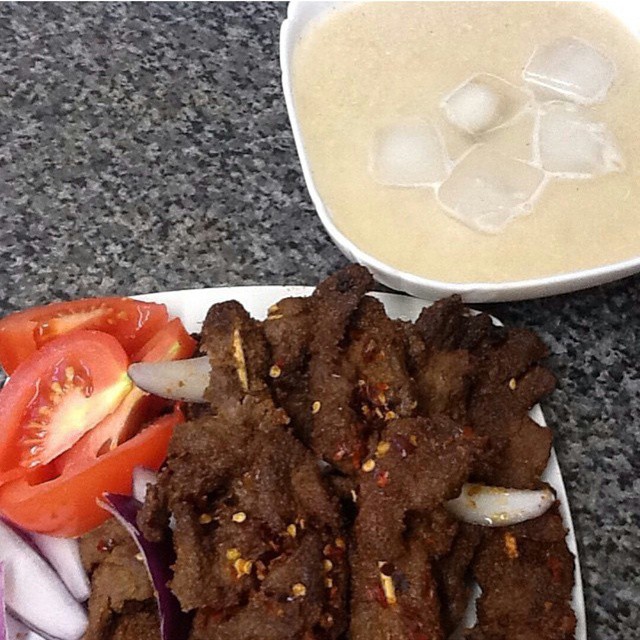Childbirth is a natural process that should be a safe and satisfying experience. However, certain problems could arise during labour which could cause complications and even death of the mother and/or her baby.
Some of the complications that arise in labour could be avoided if the pregnant woman attended antenatal clinic conscientiously during the course of her pregnancy.
Also, most of the fatalities that occur during childbirth happen in church and mosque ‘clinics’, at home and at traditional birth centres. Sadly, they are usually avoidable and would not have happened if the childbirth was handled in a hospital.
This is because hospitals have the equipment and well-trained staff (specialist doctors who are called obstetricians,

and nurses) that all work together to minimise and prevent complications and death of the mother and/or her baby during labour and childbirth. In hospitals, the state of the pregnant woman and her baby are closely monitored during labour, using the appropriate equipment. And if problems arise, hospitals have adequate facilities and the specialist medical staff have the knowledge and skills required to handle such problems.
Meanwhile, at people’s homes, in church or mosque clinics and at traditional birth centres, the necessary facilities required to ensure safe childbirth and to handle complications are lacking. These places also don’t usually have skilled medical personnel in attendance. All these add up to bring about an increased number of mother and child deaths from childbirths that take place in places other than the hospitals.
Some of the complications that could arise during labour and childbirth include:
- Abnormal fetal heart rate or rhythm: This is detected with a cardiotocograph or handheld doppler fetal monitor. They are instruments used in hospitals to monitor the baby’s heartbeat when it is in the womb. This makes it easier for abnormalities to be noticed immediately and then, necessary actions are taken to prevent the baby’s death. These instruments are not usually found at people’s homes, in church or mosque clinics and traditional birth centres.
- The baby’s head may be too big to pass through the mother’s pelvis – An obstetrician recognises the problem in good time and takes prompt action. But, when the labour is being conducted in places other than the hospital, the problem is usually not recognised on time. And if it is, the woman is then sent to a hospital. This delay could result in the baby dying.
- Increased risk of infection – Certain safety measures are observed by the medical personnel in hospitals. These safety measures are usually not practised at traditional birth centres, etc. Since the measures reduce the chances of infection of the mother and her baby, there is a higher chance of their being infected during childbirth outside a hospital. It is important to know that infections are a cause death among mothers and/or their babies.
- Abnormal presentation – The baby normally comes out of the mother’s vagina with its head first. But sometimes, the part of the baby’s body that comes out of the mother’s vagina first is not the head (could be the buttocks, legs, etc). It is very important for the obstetrician to handle the childbirth because he/she has the skills to do so with minimal adverse outcomes.
- Perineal tear – is a tear in the area between the vagina and anus. It occurs when the baby’s head is too big to pass through the mother’s vaginal opening. An episiotomy is given to prevent perineal tears. In hospitals, the doctor has better skills to repair the perineal tear properly. This prevents future sexual dissatisfaction for the woman and her husband, infection and re-opening of the wound.
- Postpartum haemorrhage – is heavy bleeding after childbirth. And it causes a high number of maternal deaths. In hospitals, the obstetricians take certain steps to prevent it from happening.
There are many other complications that could arise during labour. And so, even though we hope for smooth childbirths, it is always best to have your childbirths at a hospital. This way, you will get the best care possible.
In some developed countries, deliveries may not always be taken in hospitals. The health care system allows for certain deliveries to be taken at home. In such cases, qualified medical staff are available to attend and monitor the labour and childbirth. And if any issues arise, efficient emergency services are always available to transport the woman to a hospital in record time.
In countries where such services are not available (for example, Nigeria), it is wise to go to a hospital when in labour

or when the expected date of delivery comes.
The problem with childbirth at homes, church or mosque ‘clinics’ and traditional birth centres is inadequate skills and facilities. Meanwhile, hospitals have adequate facilities and skilled specialist staff. Having your childbirth at a hospital reduces the chances of complications and death occurring during childbirth. And then, childbirth can stop being a death sentence for many women but instead be the joyful experience it is meant to be.









